In this article we look at potential induced degradation (PID) and how to reverse or even prevent this phenomenon in solar PV installation.
What is Potential Induced Degradation (PID)?
PID stands for potential induced degradation. It is an important issue of performance degradation in crystalline silicon solar panels. The degradation could be high as 30% or even up to 70% in some cases. The degradation occurs in solar energy systems and can be reversible or irreversible.
Potential-Induced Degradation (PID) is a common phenomenon causing PV panels to lose power generation by up to 80%. Power reduction may occur over time or can happen within days or weeks after installation. An earlier article on Sinovoltaics already addressed the devastating phenomenon of PID on PV plant case studies.
The PID process in the PV module may grow very rapidly and in the shortest period will affect the performance of an entire PV system. Consequently, this results in damaging effects on PV system project financing, operations and economics at all installation levels: residential, commercial and utility-base.
It is essential to understand and address the PID problem in its early stages, to ensure PV module performance over the entire system life – PID can be prevented and recovered on system level altogether.
Causes of Potential Induced Degradation (PID)
PID occurs because of minor, unwanted currents between the semiconductor on the one side, and the glass, anti-reflective coating (ARC), the frame, and the mounting on the other side.
The degradation in performance is associated with migration of sodium ions, from the glass plate through the encapsulation (commonly: EVA) and the Anti-Reflective Coating (ARC) to the cell.
This would be caused when due to a particular manner of string earthing, the semiconductor in a cell acquires a negative potential with respect to the encapsulation and the support structure.
The presence of these ions causes an effective shunt path across the cell and reduces the output. The effect is somewhat cumulative with time and has a greater extent when the cell is operated at a higher negative potential with respect these parts.
PID promote factors
Temperature and humidity are both known to promote PID. However, there is not much one can do about these factors once a system is installed in a given location.
Dependence on Location in String
Recall the words “higher negative potential” in the explanation above. If the positive terminal of the string is taken as system ground and the mounting structure connected to the earth potential, the cell closest to the positive terminal has the least negative potential with respect to earth, and hence the least PID effect.
The cell closest to the negative terminal will experience a high negative potential relative to the grounded structure and will undergo maximum PID. Thus cells, modules and panels will experience PID according to their position in the string.
Avoiding / Mitigating PID
The following considerations are applicable:
- Location– for a new plant, within other limitations, a site with lower temperature and humidity should be selected. Note that a windy site will also keep the system cooler.
- Use PID Resistant Hardware– for a new set up, there are modules available which are resistant to PID. However, the cost will be higher due to use of more expensive encapsulating materials, anti-reflective coatings, and other materials. A compromise may have to be made for overall profitability by using panels subject to PID and adopting other mitigating techniques.
- Earthing- Use modules where there is no restriction imposed by the manufacturer on connecting the negative end of the string to system ground.
- Charge Equalizers– are built into inverters. When the inverter is inactive at night, they apply an opposite bias to the panel which cancels out the reversible type of PID effect overnight. Reversible PID is also called polarization.
Detection of Potential Induced Degradation (PID)
PID presence can be detected by monitoring Vmpp (maximum power point voltage). Difference in Vmpp among modules increasing along the string is an indication of PID being present. Detection is more likely on a day of good irradiation.
There are few ways to detect PID in solar farms:
- IV Curve Tracer – the typical test to know if a PV-module is free of PID is to measure its IV (current-voltage) characteristic with an electronic tracer.
- EL Imaging – Electroluminescence (EL) is an optical and electrical phenomenon in which a material emits light in response to an electric current/ PID affected modules will appear darker.
- Infrared (IR) or Thermography – this method uses the fact that PID affected cells have higher temperatures than the neighbor cells free of PID
- Statistical mathematical methods – decision on PID existence and its level is made on base of measurements results retrieved from management portal of PV system.
PID Prevention and Reversal Equipment
To understand the functioning of equipment used for reversal of PID (Potential Induced Degradation) in it is important to understand how and why PID occurs.
PID is observed only in those Si crystalline solar modules which are subjected to large negative potentials with respect to ground. Tiny currents are induced with positive ions moving towards, and gradually accumulating in the semiconductor.
Presence of these excess positive charges near the junction upsets the depletion layer EMF which is primarily responsible for pushing the solar current.
Notice that this an effect like polarization in a capacitor (which opposes DC current through the capacitor). It is a cumulative effect, and susceptible panels may lose three fourths of their full power even in the first one to two years.
Compare this with the normal expectation of a 25-year retention of 80% of power, and you understand that PID prevention is a crucial matter.
Preventing Potential Induced Degradation (PID)
PID can be prevented by:
- Using certified PID resistant modules
- Using strings with negative terminal grounded
- Using isolation transformers between the strings and inverters.
- Use the anti-PID equipment is the best way to prevent PID. The early installation of anti-PID devices will prevent potential degradation and will protect PV system for its lifetime.
Anti-PID Equipment
All these measures mean additional investment, and anti-PID equipment may become an economic necessity where design may forbid grounding of the negative side of the string.
Two options are available.
- Charge Equalizers – equipment is now readily available on the market which will control and reverse this degradation. Charge equalizers, or simply PID boxes, take advantage of the polarization nature of the PID effect. The basic principle is very simple. A voltage bias is responsible for the polarization. Apply a reverse bias to remove it. A PID box becomes a series stage between the panel array and the inverter. It senses the PV output from the array. If the voltage is higher than a set threshold, as during a sunny day, the output is passed to the inverter. At night, when the voltage falls, the inverter is disconnected. A DC bias is applied to the array so that a controlled depolarization current flows from the semiconductor to the ARC, glass encapsulation, and the frame and mount. Overnight, the polarization charge is reversed and the PID effect removed. Charge equalizers can be used with new projects or old projects which have been diagnosed to be suffering from PID.
- High Impedance Grounding- is another option where a transformer isolation can be avoided by grounding the negative terminal through a high resistance of the order of 22K Ohm. This option will prevent further PID but will not reverse it as effectively. Another disadvantage is that ground fault equipment must be provided additionally.
Anti PID Equipment in the Market
There are now a select number of companies in the market that are supplying Anti PID equipment. Are you looking for the best Anti-PID solutions in the market?
Join Sinovoltaics – Your Solar Supply Network, and benefit from access to the leading Anti-PID equipment suppliers.

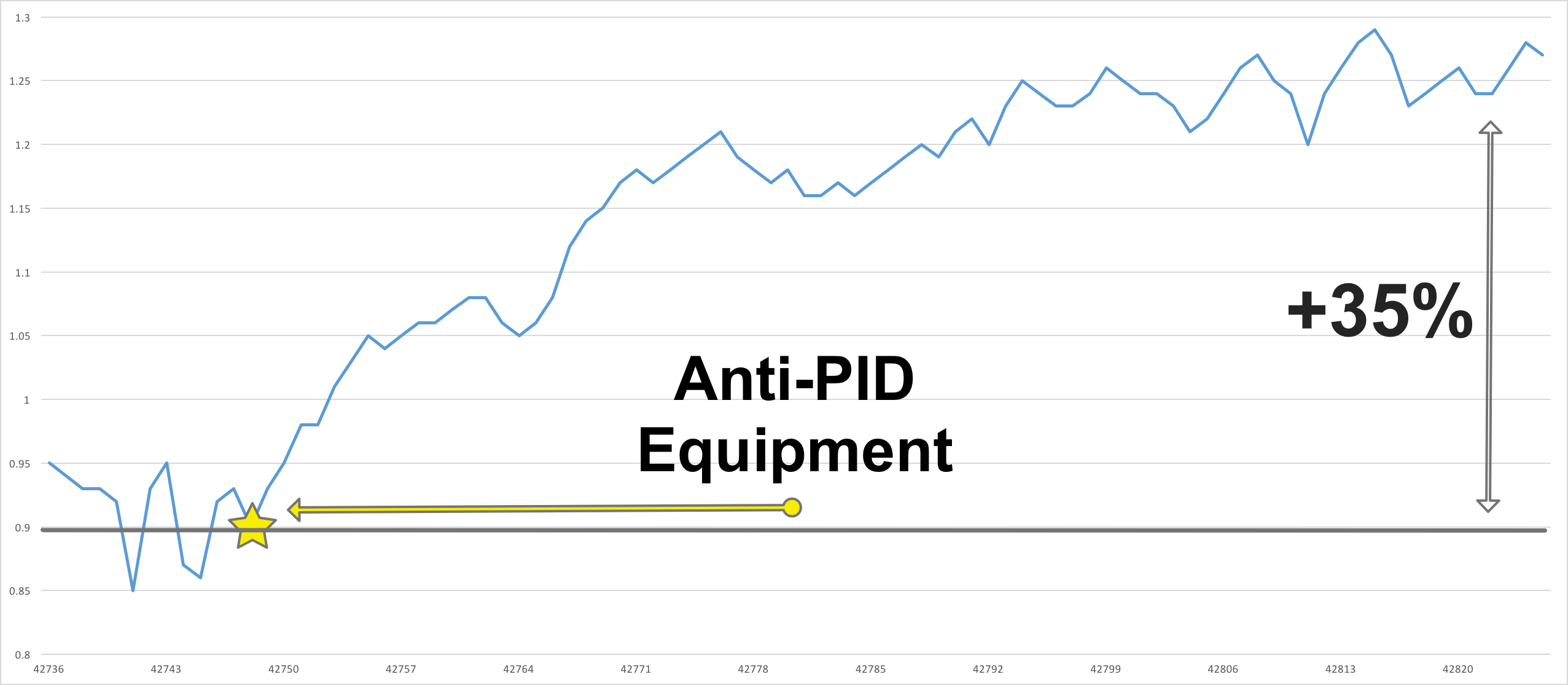

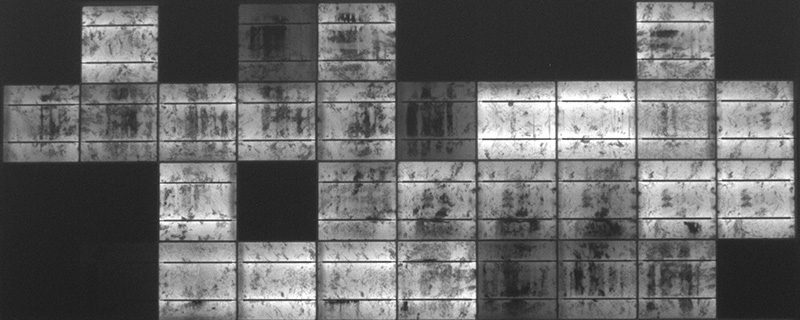
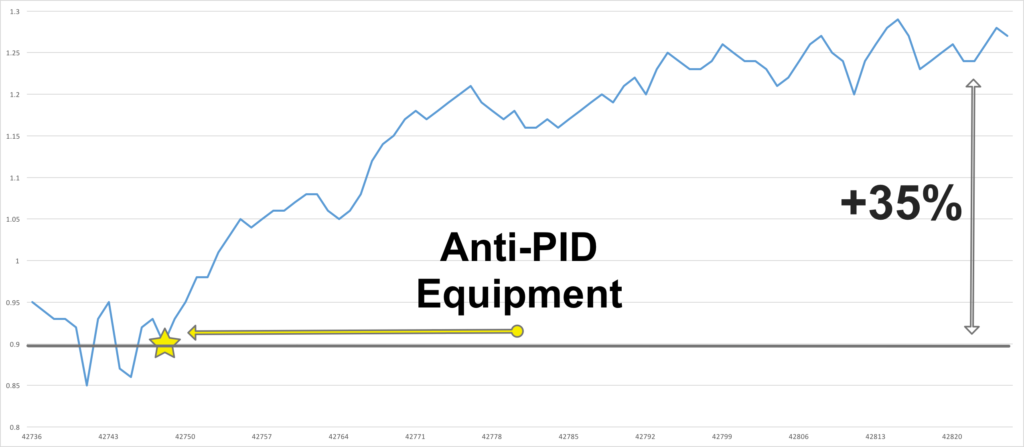
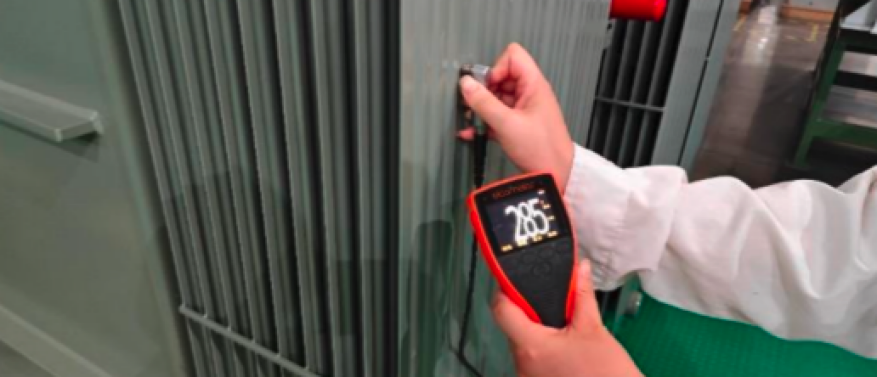
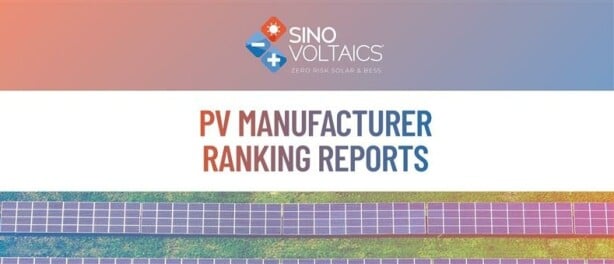
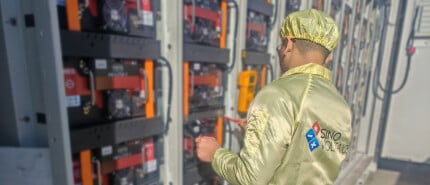

Simon Marceau
on 26 Oct 2022Vikrant Singh
on 27 Apr 2020Muhammad Haseeb
on 06 Dec 2018Padmadewa
on 01 Feb 2018Magzoub
on 18 Aug 2017